The typical Sharpologist reader is all about nostalgia, especially the classic barber shop. I decided to look closer at the barber pole. The history of the barber pole is as intertwined with the history of the barber-surgeons as the red and white (and sometimes blue) stripes that adorn it.
The History Of Barbering, Barbershops, Surgery, And The Barber-Surgeon
It is believed the barber trade originated around 5,000 B.C. Barbering is one of the oldest professional fields, requiring barbers to be exceptionally skillful in using sharp tools.
Around 335 B.C. Alexander the Great made his soldiers shave regularly for the purpose of gaining an advantage in hand-to-hand combat. His soldiers were able to grasp an enemy by the beard, while the enemy could not do the same.
Barbering first appeared in Rome around the same time, and barbers quickly became both prosperous and popular. Their shops were gathering places for daily news as well as gossip. All free men of Rome shaved their facial hair, whereas slaves wore beards. The term barber comes from the Latin word barb(ar), which refers to beards.
Later, barbers evolved to do much more than merely cut hair. During the Middle Ages, they were called Barber-Surgeons. Barber-surgeons not only furnished haircuts and shaves they also practiced dentistry and surgery–including bloodletting–rendering their services to lower-income clients who could not otherwise afford a classic physician’s medical service. If they got any kind of real illness, most of the time the only available alternative was a barber-surgeon.
Bloodletting was usually performed by a monk, with barbers providing assistance because they had not only the sharp tools for the job but the skills to use them. But at the Council of the Tours in 1163, the clergy was prohibited from the act of surgery. From that point on, surgeons were separated from the clerics and barbers. Later, the role of the barbers was determined by the College de Saint-Côme et Saint-Damien, established by Jean Pitard in Paris in 1210 as the academic surgeons of the long robe and the barber surgeons of the short robe (the modern barber’s tunic may be a throw-back to this distinction).
Barber-surgeons started to form powerful unions such as the Worshipful Company of Barbers in London in the mid-1600’s.
By the turn of the 19th century barbering and barbershops started to become more influential in society, and over the next several hundred years barbershops became a common business where people would go to have their hair cut by a professional barber with good equipment. The barbershop also became a cultural fixture for socializing.
Related Post: 6 Lessons I Learned from the Barber Shop
Barber Pole History – The Meaning Of The Design Stripe And Its Colors
Many of the stories about the origin of the barber pole and its colors reference imaginative theories of blood and bandages (a common one being red for arterial blood, white for bandages, and blue for venous blood). The reality is less imaginative and more bureaucratic.
The colors of the barber pole as a trade sign may have its genesis in Renaissance-era Amsterdam: barber-surgeons used a red-stripe on their tunic to indicate that they were prepared to bleed their patients, a white-stripe to indicate they set bones or pulled teeth, or a blue stripe to indicate they would perform a shave if nothing more urgent was needed.
The merger of the Worshipful Company of Barbers and the Fellowship of Surgeons by an act of Parliament in 1540 formed the United Company of Barber Surgeons of London (precursor of the Royal College of Surgeons of England). The creation marked the beginning of some control of the qualifications of those who performed operations: a statute required a barber to use a red and white pole and a surgeon to use a red pole (a red pole with a basin attached became common in France).
The reason for the addition of a blue stripe, particularly in the United States, is not well documented and probably more of a nod to patriotism than anything else.
The Spinning Barber Pole Pattern
The spinning barber pole origin seems to trace back to the 1920’s and 1930’s when two experimental psychologists, working independently, studied visual illusions by rotating a barber pole on its vertical axis. The idea “caught on” and spinning barber poles were common until recent years, partly because there are fewer barber shops opening and partly because many jurisdictions are now prohibiting moving signs.
Related Post: Barbershops of America: Then and Now
The Barber Pole Symbol In Culture
While the barber pole is primarily related to barbering, there are a number of cultural offshoots of the design.
Aviation And Space Flight
The airspeed Indicator on aircraft capable of flying at altitude features a red/white striped needle resembling a barber pole. This needle displays the Maximum Operating Velocity or—at altitude—the Mach Limit Maximum Operating Speed of the aircraft. This needle also indicates the maximum operating Mach number above the VMO/MMO changeover level:
Barberpole is a phrase used to describe the striped output of indicators used during the Apollo and Shuttle space programs of the United States. Typically an indicator was positioned below a switch. When the switch was activated, and the activation then performed, the resulted activation was confirmed via a separated electrical line to the barberpole indicator to show a grey and white striped pattern:
Brothel Signs
In some areas of Asia (primarily South Korea but also Taiwan and a few other places) barber poles sometimes indicate the presence of a brothel. Brothels disguised as barbershops are more likely to use two poles next to each other, often spinning in opposite directions. Actual barbershops are more likely to use a pole that shows a picture of a woman with flowing hair on it with the words hair salon written on the pole.
Lighthouses
A barber pole motif has been used for lighthouses. The White Shoal Light is the only red and white “barber pole” lighthouse in the United States. Black and white helical day-marks appear on other lights.
Trademark
Barbasol shave foam cans use a barber pole motif.
Summing Up
The barber pole is a symbol that has a rich history and many meanings. It is a reminder of the importance of barbers in society and their role in keeping people looking and feeling their best. Whether you are a barber or just enjoy getting your hair cut, be sure to take a moment to appreciate the barber pole and all it represents.

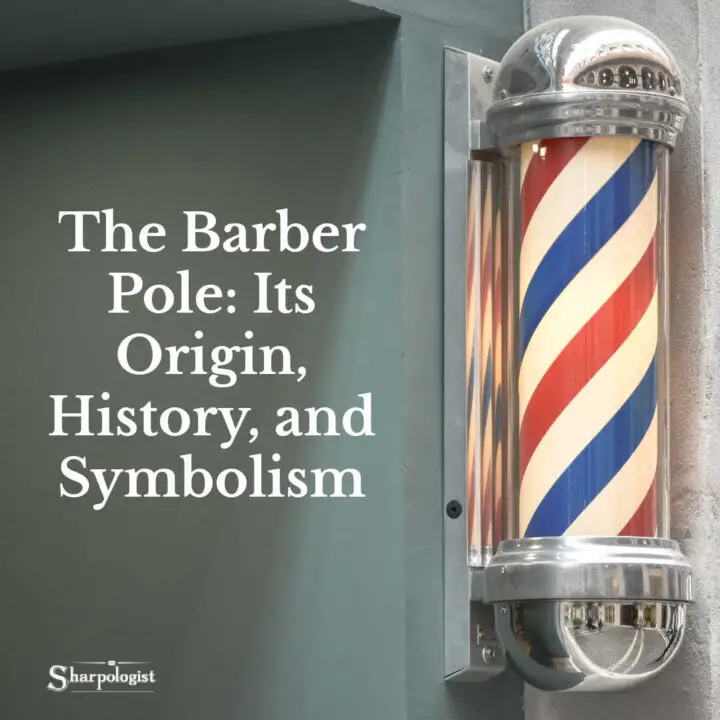
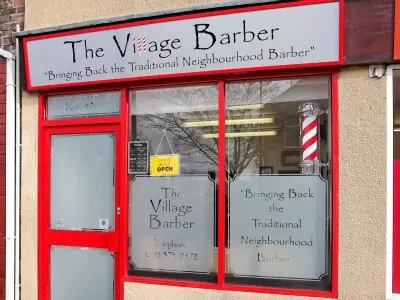
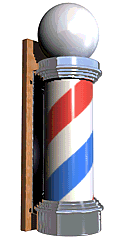
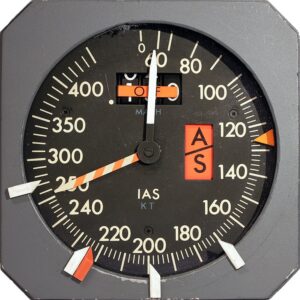
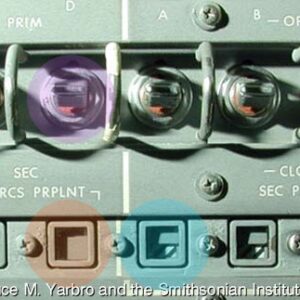
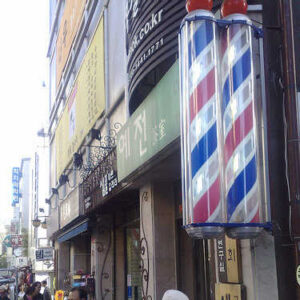
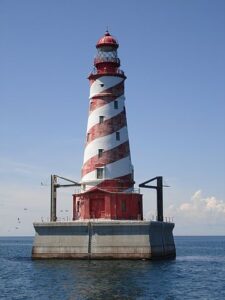
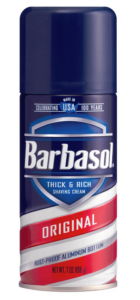
Hey Mark,
A gentleman in Long Beach, Ca. just bought a barber pole manufacturing company that was about to go out of business. He is trying to bring the barber pole and the company back to life. The name of the barber pole company is Rose Barber Pole. You can find it on Instagram. The gentleman who bought the company is also a barber shop owner in Long Beach. His Instagram name is timsyndicate. You might want to reach out to him and do an interview. He has a great story on why he bought the barber pole company. I think it would be a great article for your newsletter.
Comments are closed.